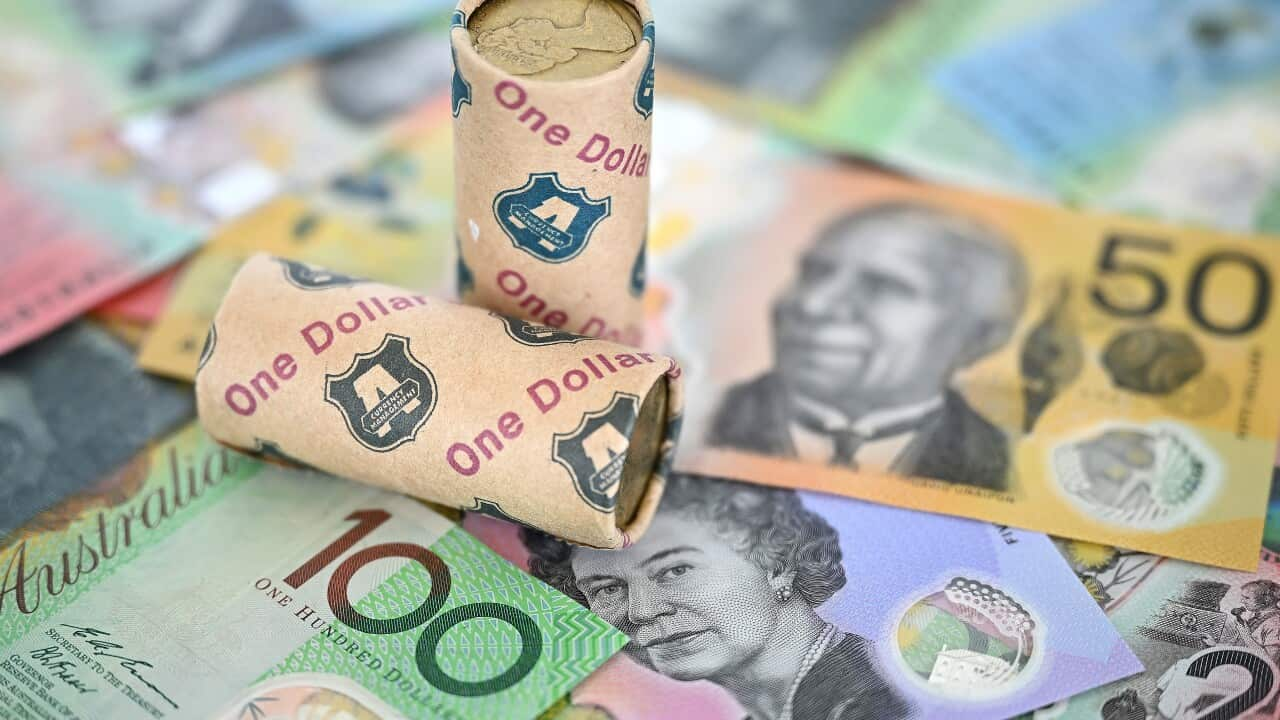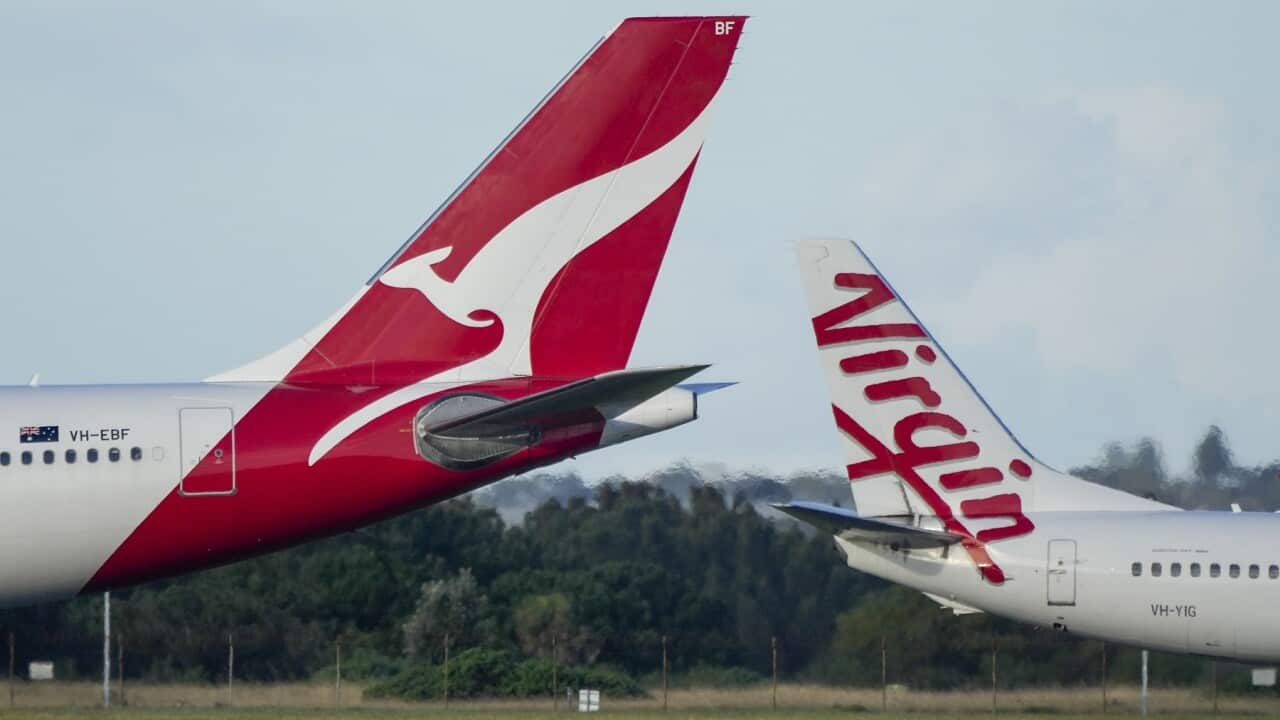The Australian dollar hasn't had the best time of late.
Its value against the United States dollar has dropped by around 10 per cent over the last few months, and it's currently buying around 62 US cents.
Beyond making overseas travel more expensive, a weaker Aussie dollar can impact any part of the Australian economy dependent on imports — from electronics, clothes and petrol to groceries.

In late September one Australian dollar was worth 69.4 US cents.
A number of elements have contributed to the weakening of the Australian dollar.
Why has the Australian dollar dropped so much?
Consumer expert and director of executive education at Griffith University Graeme Hughes said several factors influence the dollar's value against other currencies.
"The market now expects fewer interest rate cuts in the US, making US assets more attractive to investors. This has led to an appreciation of the US dollar against other currencies, including the Australian dollar," he said.
"Secondly, concerns are growing that China's economic stimulus efforts may not be effective, weakening the Chinese yuan and consequently impacting the Australian dollar.
"And declining prices for key commodities like iron ore and coal, coupled with rising geopolitical risks and the potential for trade wars, have also weighed on the Australian dollar."
Chief economist at the Australia Institute Greg Jericho agreed.
"The prospect of means that for those products to maintain the same price, the value of the Chinese currency needs to fall. That in turn will affect the value of the Australian dollar," he explained.
"The Australian dollar is often viewed as a bit of a proxy for the Chinese economy due to our exports."
How does a weak dollar affect the cost of living?
A weak Australian dollar makes imports more expensive, which can make things tough for household budgets.
Jericho said this most significantly affects petrol prices, which are entirely dependent on global markets.
However, other items can also increase in cost, he said.
"If the value of the dollar falls from US$0.65 to US$0.60, that would mean, for example, that the cost of buying a book that costs US$20 would rise from A$30.80 to A$33.33," he said.
"So a falling dollar will hurt the cost of living of households that consume a high level of imports, but it won't have an impact on things like fees and charges, rent and childcare."
Is now a good time to exchange currency?
If you have an upcoming overseas trip, a falling dollar could impact how far your money will go.
"It might be worth considering exchanging some currency now to lock in a better rate," Hughes said.
"However, if you're not travelling soon, it might be wise to wait and see how the dollar performs."
What is the prediction for the Australian dollar?
Hughes said predicting currency movements is "tricky business" but there are indicators to look out for.
“The , the performance of the global economy, and the strength of the US dollar will all play a role," he said.
"While the dollar has weakened, the situation remains relatively stable, but there's a risk of further decline."












